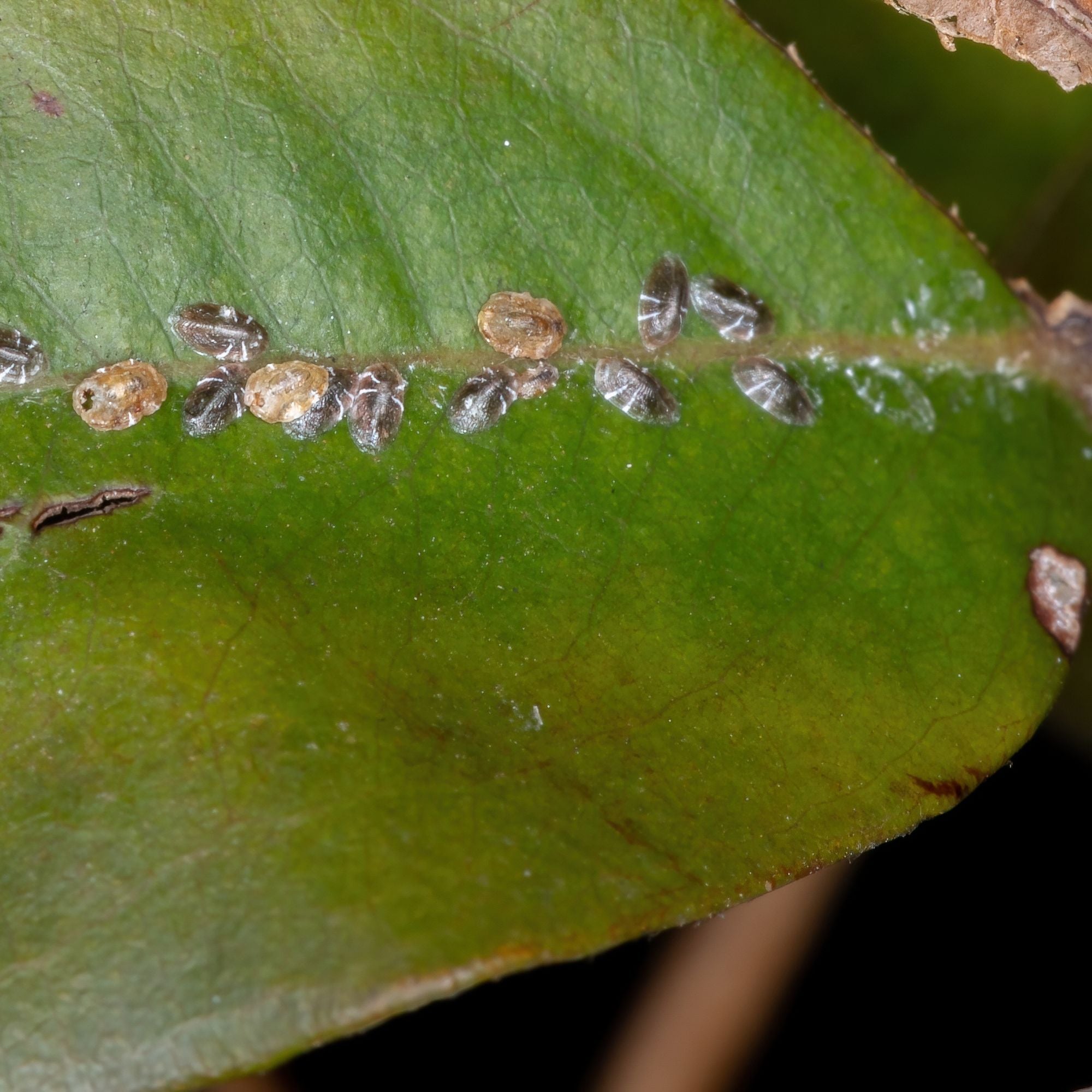Unlocking Chemoheterotrophic Organisms: Beyond Plants and Animals!

Nobody tells you this when you first learn about chemoheterotrophy, but almost everyone stumbles over the same pitfalls—and these little missteps can derail your understanding for years without you even noticing. Here’s what actually happens in real classrooms and labs (and sometimes staff rooms): students, teachers, even seasoned biologists quietly muddle through boundaries between plants, animals, fungi, and bacteria, making mistakes that rarely get discussed out loud.

Let’s cut through that confusion by shining a light on what really trips people up when it comes to chemoheterotrophic organisms that are neither plants nor animals—and more importantly, how to sidestep those traps with hands-on clarity.
Silent Mistake #1: Treating Fungi Like Stationary Plants
I remember my first biology class vividly. The teacher said something like, “Fungi are kind of like plants—they sit still and have cell walls.” I believed her… until the day I grew bread mold at home and watched it eat the bread away from the outside in. For months after that failed experiment (the mold was supposed to just ‘appear’, not devour the whole slice), I realized: fungi don’t just sit there; they’re busy secreting enzymes and digesting food externally—basically performing chemistry right before your eyes.
Why this matters:
People miss this because textbooks often group non-motile life forms together. But if you’ve ever felt the slimy underside of a mushroom or smelt fermenting yeast (it’s oddly sweet and sour), you know these creatures are worlds apart from photosynthesizing plants. Fungi are relentless chemical processors—chemoheterotrophs through and through.
Quick Fix:
Next time someone lumps mushrooms with plants, ask them: “Have you ever seen a plant dissolve its lunch before eating it?” That question alone has sparked many “aha” moments in my classes.

Silent Mistake #2: Overgeneralizing Bacteria
Textbook diagrams love neat categories: “Bacteria do X.” Reality is messy. In 2019, a group of students in my intro bio course swore all bacteria were decomposers—until we tried culturing different types. Some grew like wildfire on sugary agar plates (classic chemoheterotrophs). Others barely budged unless we added minerals or set them near light sources. Suddenly, bacterial diversity was obvious—and so was our initial oversimplification.
Why this matters:
Assuming all bacteria “eat” like us skips over entire kingdoms of metabolic weirdness (photoautotrophs! chemolithoautotrophs!). But for your question? Focus on those bacteria growing happily on last week’s forgotten leftovers—they’re textbook examples of chemoheterotrophic metabolism.
Quick Fix:
Instead of saying “bacteria are…” start saying “many bacteria… but not all.” Grab two petri dishes: one with sugar-rich media (for heterotrophs) and one with only minerals (for autotrophs). The difference after 48 hours will be striking—and unforgettable.

Silent Mistake #3: Underestimating How Outdated Classifications Linger
You’d think biology would be immune to old ideas sticking around—but nope. In 2022 alone, I met three high school teachers who still taught fungi as plants because their district’s diagrams dated back before DNA sequencing revolutionized classification systems. Students then parroted those labels into exams…and got zero credit when applying modern definitions.
Why this matters:
Science moves fast; curriculum doesn’t always keep up. Understanding why fungi aren’t plants or why certain bacteria defy easy categorization isn’t just technical hair-splitting—it shields you from getting blindsided by trick questions or outdated test material.
Quick Fix:
When prepping for tests or projects, check publication dates on your sources. If it’s older than 2000—or references five kingdoms instead of three domains—it’s probably missing key discoveries about microbial metabolism and evolutionary relationships.
Silent Mistake #4: Thinking It All Happens Under a Microscope
Chemoheterotrophy isn’t just theoretical; it smells musty and sour in your kitchen when fruit starts molding or yogurt ferments on the counter. My most memorable teaching success? Letting students put orange peels in ziplock bags for a week—then opening them side-by-side with fresh peels to compare texture (one slick with fungal enzymes), color (gray-green spores everywhere), and odor (“smells like gym socks!” one brave volunteer reported).

Why this matters:
If you never connect definitions (“chemoheterotrophic”) to experiences (“that fuzzy stuff ruining my sandwich”), the concept stays abstract—and hard to recall under pressure.
Quick Fix:
Try growing yeast or mold yourself—even if your first attempt flops! Failed cultures teach more than pristine textbook examples ever could (and make for better stories).
What You Can Actually Do Differently
- Always ask how an organism eats—not just what it looks like.
- Conversation snippet from last month:
- Student: “Isn’t slime mold a plant?”
- Me: “Does it photosynthesize?”
- Student: “…No.”
- Me: “Exactly.”
- Conversation snippet from last month:
- Challenge every diagram or statement that feels too neat.
- Nature loves exceptions.
- Look for physical evidence around you—food spoilage is your best friend here!
- Track how long bread takes to go moldy at room temp vs fridge; record dates.
- Use modern references whenever possible; classifications shift yearly now.
Hidden Confidence Booster
Here’s an overlooked trick straight from struggling students turned top scorers: Draw a four-column table labeled Plants / Animals / Fungi / Bacteria; write down HOW each group gets energy/carbon and jot down an everyday example for each (“yeast in dough,” “mushroom pizza topping,” etc). This method locks distinctions into memory better than pure flashcards—a tip I wish someone had shared years earlier!
The real secret? Mastering this topic means getting comfortable with where boundaries aren’t as clear-cut as textbooks suggest—and knowing exactly which mistakes to avoid gives you an edge others won’t expect.
So next time someone tries to trip you up with tricky questions about weird organisms that don’t fit classic molds, smile—you’ll already know what nearly everyone misses on their first try…and how to prove it using evidence no one can argue with (or forget).



